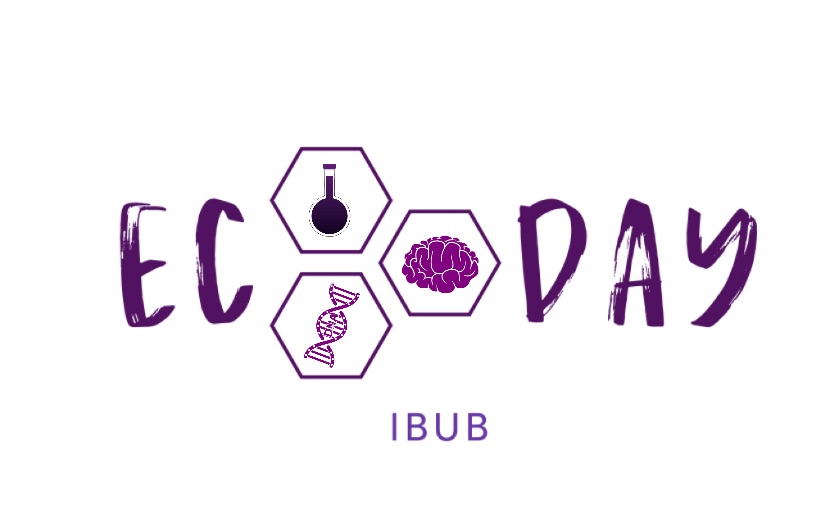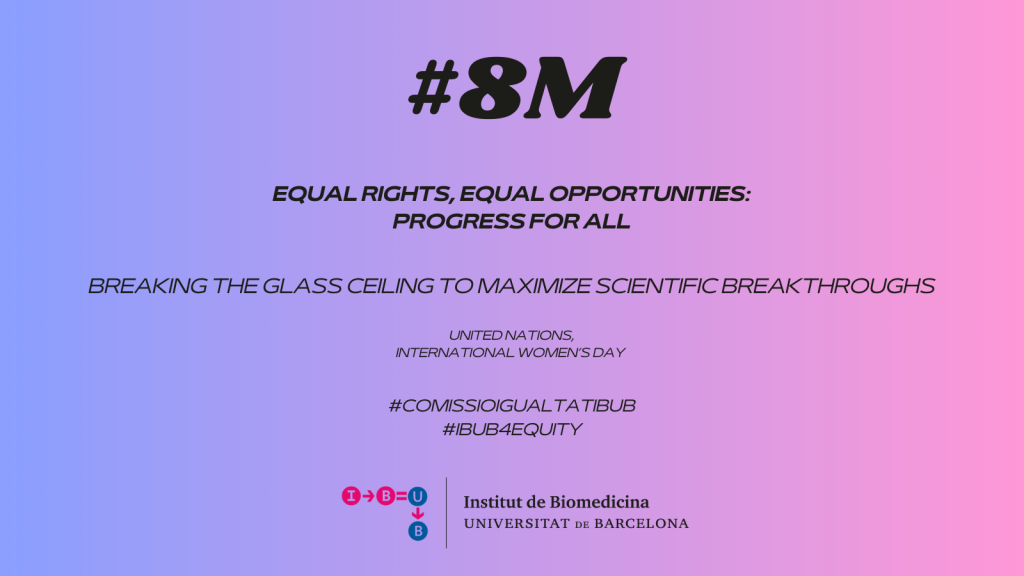One of the main limitations to study rare diseases is finding enough affected people. Regarding the TRAF7 syndrome, a rare disease and defined in a recent study by the Human Molecular Genetics Group of the University of Barcelona, the starting point was the identification of the Patient Zero affected by an undescribed de novo mutation in scientific literature.
Intellectual disability, motor delay, specific facial features, hearing loss, a heart congenital defect and skeletal alterations are some features of TRAF7 syndrome, identified for the first time by the Human Molecular Genetics Group of the Faculty of Biology and the Institute of Biomedicine (IBUB) of the UB, the Rare Diseases Networking Biomedical Research Centre (CIBERER) and the Research Institute Sant Joan de Déu (IRSJD).
Rare diseases affect less than five people per every 10,000 inhabitants. According to the World Health Organization, there are about 7,000 rare diseases, which affect the 7% of the population worldwide. “Finding the genetic cause of a new human disease does not happen every day. It is like looking for a needle in a haystack, and this requires good office, intuition, rigour and a great research work”, notes Professor Daniel Grinberg, from the Human Molecular Genetics Group at the Faculty of Biology of the UB. He adds that finding the TRAF7 syndrome “was a double satisfaction for our group: for having identified a de novo mutation in the TRAF7 gen, and for providing, at last, a diagnostic to a family that had been looking for a name, for years, for the disease their child was suffering from”.
Rare diseases: from genetics to the clinic
In rare diseases, it is determining to identify mutations in genes that are not previously associated with diseases as well as to conduct a good study of the most common clinical features in patients. Finding a enough affected people is also a critical factor in the research.
In the case of the TRAF7 syndrome, the team used the GeneMatcher platform to introduce the gen where they identified a mutation and the phenotype of the analysed patient. They could establish a communication channel with international groups —specially, with Chris Gordon’s team, expert from the National Institute of Health and Medical Research (INSERM, France) and the Institute Imagine in Paris— and gather a group of 45 patients from around the world that confirmed how the several mutations of the TRAF7 gen caused the syndrome.
Once the altered gene was found, researchers studied the pathogenicity of the variant to see the effect of the mutation on the functionality of the affected protein. “Functional studies with cells or animal models are the way to answer these questions. In this case, we obtained cells from patients, which were analysed with transcriptomic techniques. Having a clear answer to these questions is essential to design a therapeutic approach in the future”, notes Professor Susana Balcells, from the Human Molecular Genetics Group of the Faculty of Biology of the UB. An identikit of the affected patients, designed by researchers using a computer application, will help paediatricians to identify new cases of patients.
A diagnosis that will not come easy
A patient affected by a rare disease has to wait an average of about five years to get a diagnosis. This waiting time is translated into a lack of support, non-existing or unsuitable treatments and sometimes, the start of a family odyssey searching for experts and answers. “In rare diseases, reducing the time of the diagnosis through the standardization of processes of analysis and interpretation of clinical and genomic data will be a great milestone for all affected families —notes Roser Urreizti, lecturer at the UB and researcher at CIBERER—, but the great success of the research would be to identify a therapy for each of these pathologies”.
UB New [+]



